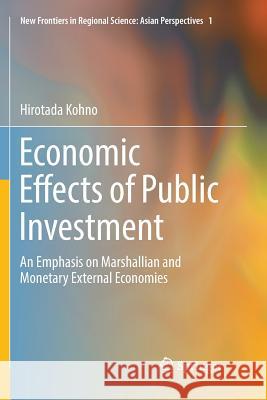Economic Effects of Public Investment: An Emphasis on Marshallian and Monetary External Economies » książka
topmenu
Economic Effects of Public Investment: An Emphasis on Marshallian and Monetary External Economies
ISBN-13: 9784431566472 / Angielski / Miękka / 2018 / 297 str.
Economic Effects of Public Investment: An Emphasis on Marshallian and Monetary External Economies
ISBN-13: 9784431566472 / Angielski / Miękka / 2018 / 297 str.
cena 564,88
(netto: 537,98 VAT: 5%)
Najniższa cena z 30 dni: 539,74
(netto: 537,98 VAT: 5%)
Najniższa cena z 30 dni: 539,74
Termin realizacji zamówienia:
ok. 22 dni roboczych
Bez gwarancji dostawy przed świętami
ok. 22 dni roboczych
Bez gwarancji dostawy przed świętami
Darmowa dostawa!
Kategorie:
Kategorie BISAC:
Wydawca:
Springer
Seria wydawnicza:
Język:
Angielski
ISBN-13:
9784431566472
Rok wydania:
2018
Wydanie:
Softcover Repri
Ilość stron:
297
Waga:
0.45 kg
Wymiary:
23.39 x 15.6 x 1.73
Oprawa:
Miękka
Wolumenów:
01
Dodatkowe informacje:
Wydanie ilustrowane











